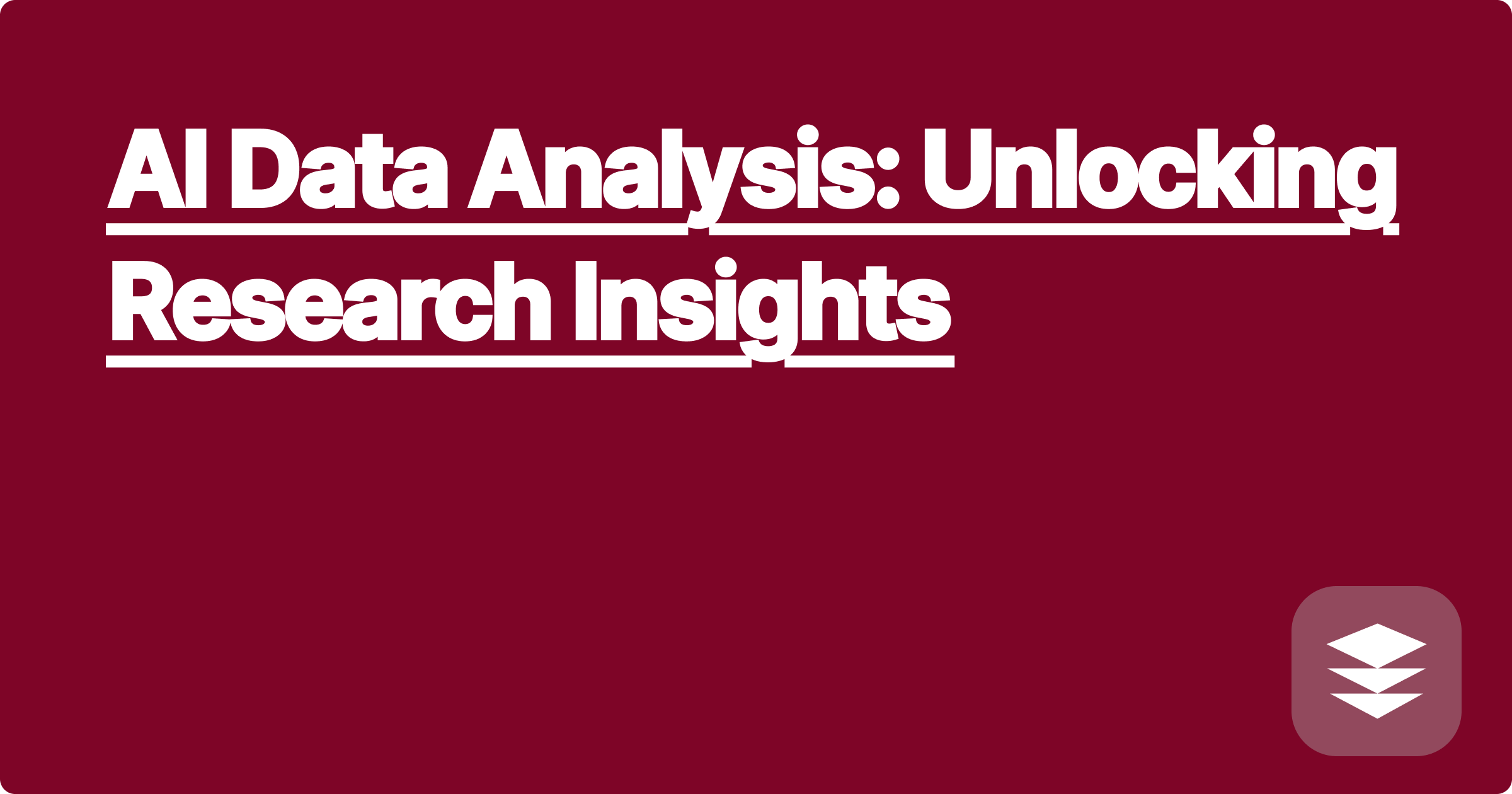
The sheer volume of data generated in modern STEM research can feel overwhelming. From complex simulations to high-throughput experiments, researchers are constantly grappling with massive datasets, often struggling to extract meaningful insights efficiently. Traditional data analysis methods can be time-consuming and may not always reveal the hidden patterns and correlations within the data. This is where the power of Artificial Intelligence (AI) comes into play, offering a transformative approach to data analysis and unlocking a new era of research productivity.
For STEM students and researchers, time is a precious commodity. Juggling coursework, research projects, and other commitments requires efficient time management. AI-powered tools can significantly accelerate the research process, freeing up valuable time for critical thinking, experimental design, and ultimately, groundbreaking discoveries. Imagine having a virtual research assistant that can sift through mountains of data, identify key trends, and even help you visualize your findings in compelling ways. This is the promise of AI data analysis, and it's becoming increasingly accessible to researchers at all levels.
The challenges of data analysis in STEM fields are multifaceted. Researchers often deal with heterogeneous data from various sources, requiring complex pre-processing and cleaning steps. Furthermore, identifying relevant patterns and correlations within high-dimensional data can be computationally intensive and require specialized expertise in statistical modeling. Traditional statistical methods may not always be suitable for complex datasets, leading to incomplete or even misleading interpretations. The time required to master and apply these methods can also be a significant barrier for students and early-career researchers. Additionally, visualizing complex data in a way that is both informative and accessible can be a daunting task, hindering effective communication of research findings.
AI offers a powerful toolkit for tackling these challenges. Tools like ChatGPT, Claude, and Wolfram Alpha can be integrated into the research workflow to automate various tasks, from data cleaning and pre-processing to complex statistical analysis and visualization. For example, ChatGPT can assist with literature reviews, generating code snippets for data manipulation, and even drafting sections of research papers. Claude can be used for summarizing complex research papers, extracting key information from large datasets, and generating insightful reports. Wolfram Alpha excels in symbolic computation, allowing researchers to perform complex calculations, solve equations, and generate interactive visualizations. By leveraging these AI tools, researchers can significantly reduce the time spent on tedious and repetitive tasks, allowing them to focus on the more creative and intellectually demanding aspects of their work.
Let's consider a scenario where a researcher is analyzing gene expression data. First, they can use ChatGPT to generate Python code for importing and cleaning the data, removing outliers, and normalizing the expression values. Next, they can leverage Claude to identify clusters of genes with similar expression patterns, summarizing the key characteristics of each cluster. Finally, they can use Wolfram Alpha to visualize these clusters in a 3D scatter plot, highlighting the relationships between different genes and experimental conditions. This integrated approach streamlines the entire analysis process, from data pre-processing to visualization, significantly reducing the time and effort required.
In materials science, AI can predict the properties of new materials based on their chemical composition and structure, accelerating the discovery of novel materials with desired characteristics. Imagine using AI to analyze the results of thousands of simulations, identifying the optimal parameters for designing a high-strength, lightweight alloy. In drug discovery, AI can analyze vast databases of molecular structures and biological activity to identify potential drug candidates, significantly reducing the time and cost associated with traditional drug development. Consider using AI to predict the efficacy of a new drug molecule based on its interaction with specific protein targets. In environmental science, AI can analyze satellite imagery and sensor data to monitor changes in ecosystems, predict natural disasters, and inform conservation efforts. Envision using AI to analyze satellite images of deforestation, identifying areas at high risk and informing targeted interventions.
Embrace AI tools as collaborators, not replacements for critical thinking. While AI can automate many tasks, it's essential to understand the underlying principles and interpret the results critically. Start small and focus on specific tasks where AI can provide the most significant benefit. Don't try to implement every AI tool at once. Focus on integrating one or two tools into your workflow and gradually expand your repertoire. Experiment with different AI tools and find the ones that best suit your research needs and workflow. There's no one-size-fits-all solution, so explore and find what works best for you. Share your experiences and learn from others. The AI landscape is constantly evolving, so staying connected with the research community can help you stay up-to-date with the latest tools and techniques.
To maximize your research productivity with AI, start by identifying the most time-consuming bottlenecks in your current workflow. Then, explore the available AI tools and choose the ones that best address those specific challenges. Begin with small, well-defined tasks and gradually integrate AI into more complex aspects of your research. Continuously evaluate the effectiveness of the AI tools and refine your approach based on your experiences. By embracing AI as a powerful collaborator, you can unlock new levels of research productivity and accelerate your journey towards groundbreaking discoveries. Don’t be afraid to experiment and iterate. The power of AI is at your fingertips, ready to transform your research journey.
AI for Chemical Analysis: Faster Results
Ace STEM Exams: AI-Powered Prep Guide
AI Math Tutor: Master Complex Equations
AI in Biology: Data Visualization Made Easy
AI Flashcards: Personalized STEM Learning
AI for Engineering: Design Optimization
AI Data Analysis: Unlocking Research Insights
AI-Powered Note Taking: Organize Smartly